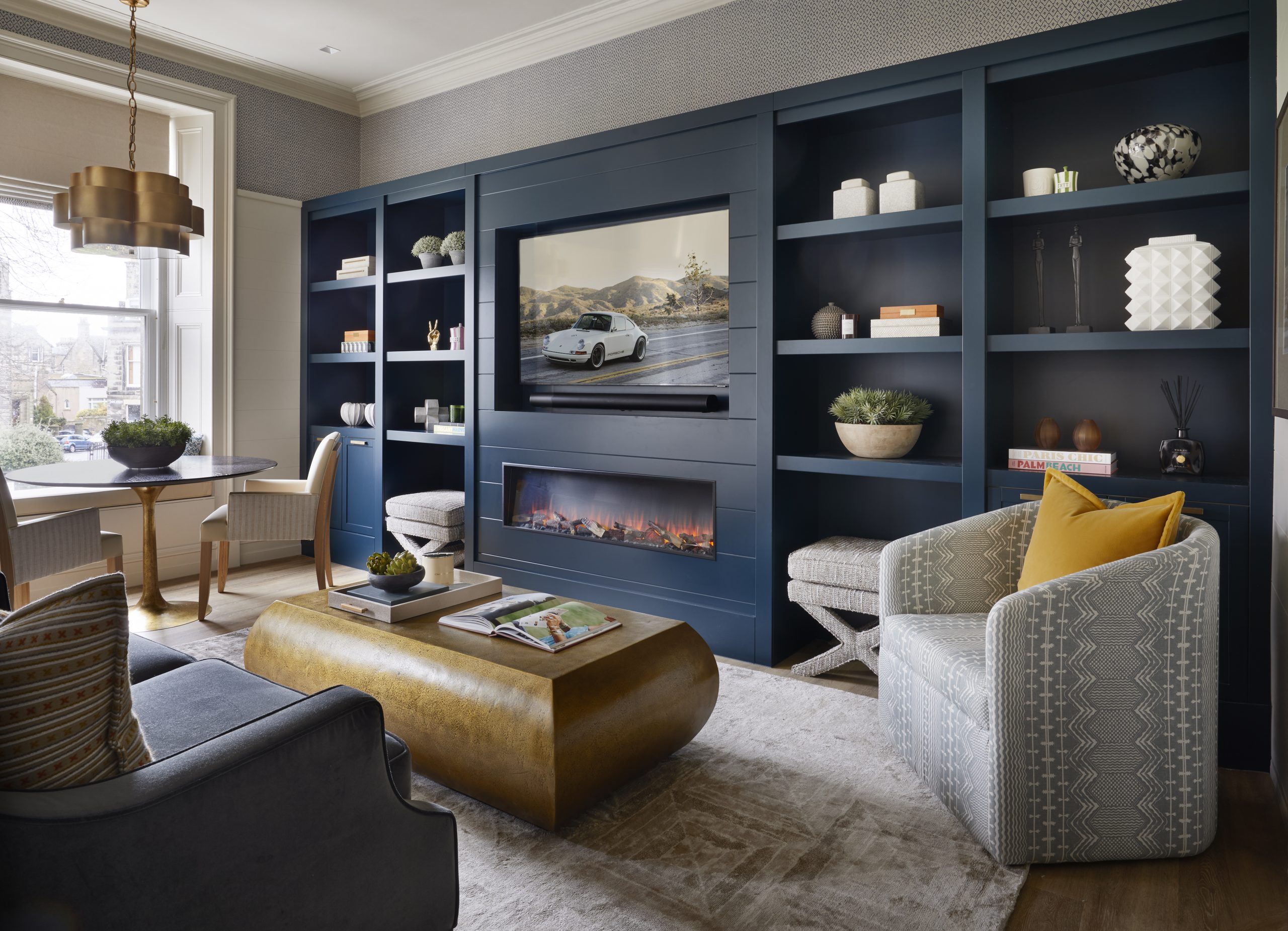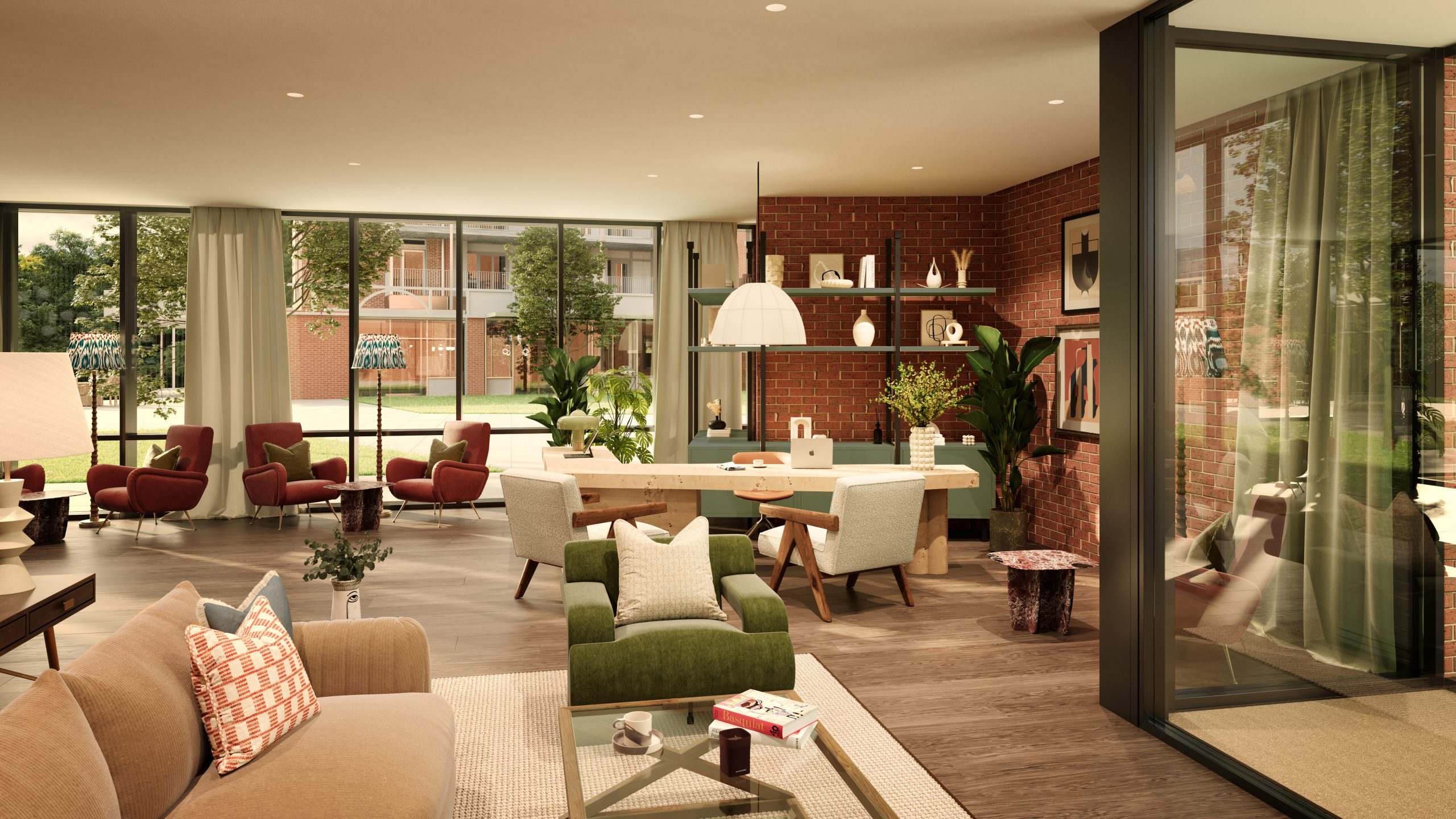Sustainability and how it can be combined with luxury is the topic of the moment within the interior design world. The two have always been thought of as opposing design concepts, however at this year’s Decorex industry show there was a big focus on how to bring the two together to create long lasting, beautiful and environmentally friendly interiors. As two of our designers travelled to London for the annual show, it became clear that this is a topic that is going to gain more and more momentum. With a VIP lounge entirely designed around sustainability and many of the seminar slots dedicated to the subject, we’ve learned that as a design practice we are also influencers and should be helping to both inspire and educate.
Natalie Straker, of Bernard Interiors, discusses the negative effects the design industry has on the environment and the small changes we can make to contribute towards a greener and less disposable design world.
What is ‘fast fashion’ consumerism and how does it apply to the interior design sector?
Many of us will now be familiar with the term ‘fast fashion’ – it has been the topic of multiple articles, blog posts and news reports in recent years. Within the clothing industry, fast fashion is defined as ‘inexpensive clothing produced rapidly by mass-market retailers in response to the latest trends’. The fire is fuelled by the consumer’s desire to have the utmost current items in their wardrobe and displayed on their social media feeds. When the cost of a premium luxury item is deemed too high by consumers, brands capitalise on the need to have items which replicate this aesthetic. ‘Knock off’ products are produced and sold at a low cost – often poor quality and made from synthetic materials. These items will unfortunately not stand the test of time and therefore be disposed of after short duration, ultimately resulting in contribution to global landfill and the overall environmental crisis. With the introduction of low-cost brands to the furniture world, the same pattern of behaviour has emerged within the interior design sector.
Material and fabric use within interior design – how do they have a negative effect on the environment?
The textile industry is the second largest contributor to global water pollution after agriculture. This pollution is often caused by the specialist finishes and toxic dyes used to produce fabric and textiles. The United Kingdom discards one million tonnes of textiles each year, with the majority of that waste being incinerated or contributing to landfill. As well as discarded goods, the global fashion industry contributes to 10% of the planet’s carbon emissions. There is a pressure on companies to deliver on-trend products whilst meeting strict deadlines and competitive costs. These factors are a catalyst for cutting corners when it comes to production methods, causing a negative impact on the environment.
As a business, how do we contribute to sustainability through FF & E design?
When specifying products for an interior scheme, Bernard Interiors consider the material we are purchasing and how that is manufactured. Where possible we will use natural fibres and hand finished materials. In a bid to lower our carbon footprint, we avoid outsourcing our bespoke production abroad and use UK-based manufacturers, in turn contributing to the national and local economy.
We advise on investing in high quality furniture, produced using natural or even recycled materials which have been hand finished as opposed to mass produced items which are machine made and imported from abroad. The use of solid wood vs manufactured veneer is an example of sustainability implemented within design. The lifespan of a solid wood tabletop used within a bar or restaurant can be four times as long as a veneered or imitation material top. Solid wood can be removed, sanded and re-stained many times, rather than needing to replace the top entirely. In a bid to reduce pollution, one of our principle suppliers has recently replaced their standard chemical varnish and lacquer for water based natural solutions. A combination of both factors allows us to supply sustainable design, which has a reduced impact on water pollution and landfill contribution.
We apply the same principles to all furniture manufacture where possible. Products which are handmade generally have greater longevity. They are not required to be replaced as frequently as those that are manufactured in bulk at a low cost. We recently sourced a faux leather product which was made from recycled materials – this supports sustainability in reusing materials and avoiding the use of leather. When we are required to use leather, we source it as a by-product of another industry. Our designers were also introduced to a new environmentally friendly fabric collection at Decorex. To reduce the amount of yarn sent to landfill, Ian Mankin are now turning their waste yarn into a brand new collection appropriately titled ‘The Zero Waste Initiative’. Steps like these, taken from influential designers and suppliers, will help to lead the way in the efforts to make the design world more sustainable.
How can we individually contribute to the prevention of further damage to the environment through design, within either the commercial or residential sector?
Suppliers of furniture and equipment need to bridge the gap between affordability and quality in order to support sustainability worldwide. If quality products are readily available at a reasonable cost, consumers are more likely to invest and expect longevity and value in return. When ordering volume produced products from abroad, we are supporting mass made factory furniture as well as the importation from oversees. A common complaint to one of the country’s leading furniture suppliers is that poor quality, synthetic fabrics diminish the overall finish and function of the upholstered goods – team that with mass produced parts and ill-considered design and the result is an uncomfortable piece of furniture which is ultimately not fit for purpose.
The VIP lounge at Decorex, designed by Harding & Read, was aptly named the ‘Legacy Lounge’ and featured kitchen cabinetry built by British Standard. Made entirely from responsibly managed wood, the units were paired with a re-claimed bar top and re-worked waste tiles from Douglas Watson. The whole approach to the lounge echoes British Standard’s ‘buy once, buy well’ philosophy, encouraging consumers to reduce their personal contribution to landfill and emissions by investing in quality, timeless products which are well made and will withstand the test of time.
To know that we can help through designing for the future is a comforting thought.





